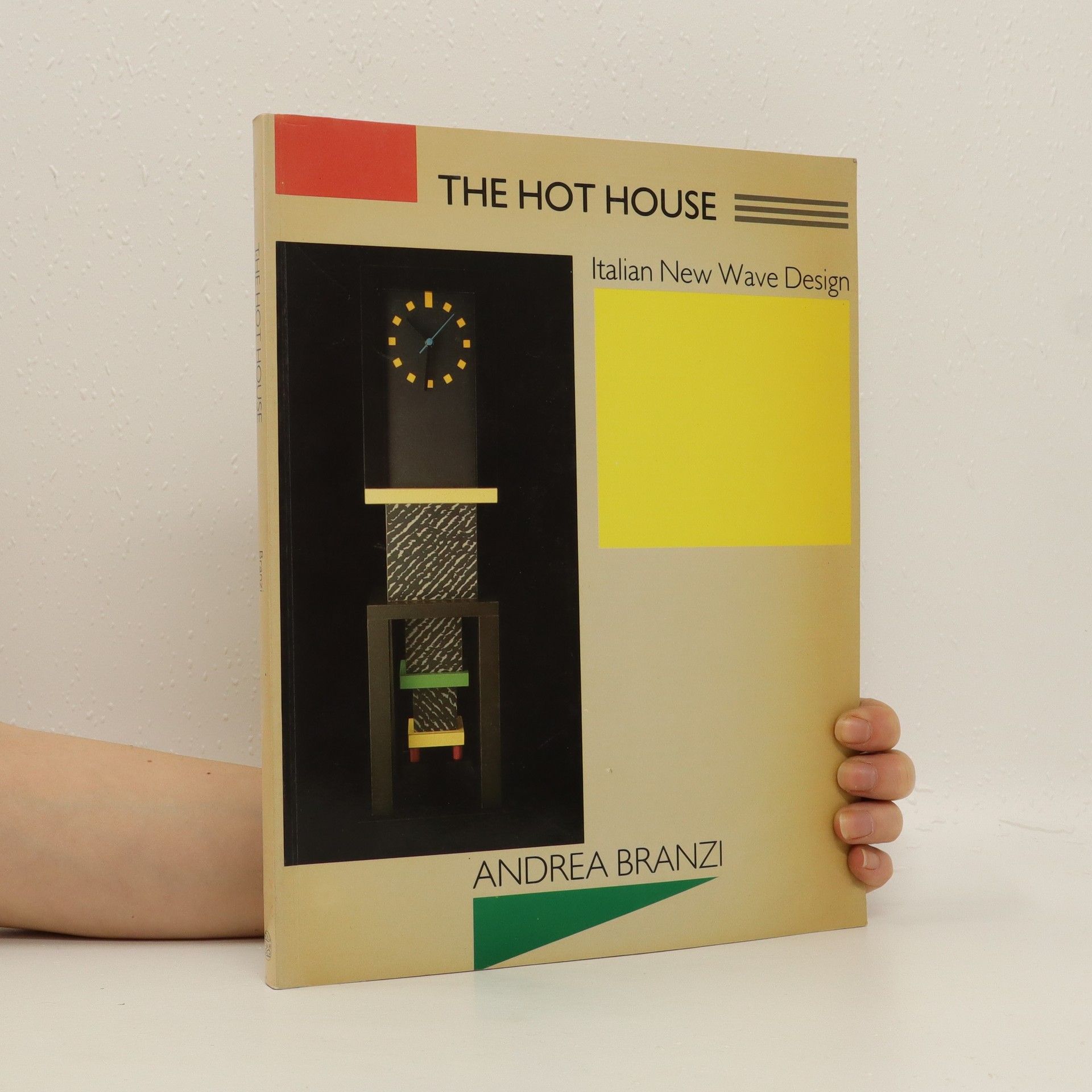This work serves as both a manifesto and a noncanonical history of progressive experiments in applied arts and design, focusing primarily on avant-garde designs from the 1950s to the present. It explores architecture, urban design, and various design disciplines, including graphic, interior, industrial, and fashion design. The influence of magazines like Casabella, Domus, and Modo is highlighted, along with insights into key figures and groups such as Alessandro Mendini, Gaetano Pesce, Michele De Lucchi, Ettore Sottsass, and the Memphis movement. Concepts like banal design, soft design, and radical architecture are discussed in relation to social and political contexts. Andrea Branzi, a central figure in these experiments, advocates for a departure from traditional design methods and modernism's constraints of comfort, function, and style. His vision suggests a radical transformation of domestic spaces and objects. The text expands the boundaries of design theory and practice, tracing influences from Art Deco to Pop Art, while positioning Italy as the epicenter of this vibrant movement. Since the 1960s, design studios like Archizoom and Superstudio have redefined furniture and clothing, challenging established norms. Branzi, a pivotal force in Italian design, continues to shape the field as Educational Director of Domus Academy and Editorial Director of Modo in Milan.
Andrea Branzi Livres
30 novembre 1938 – 9 octobre 2023

